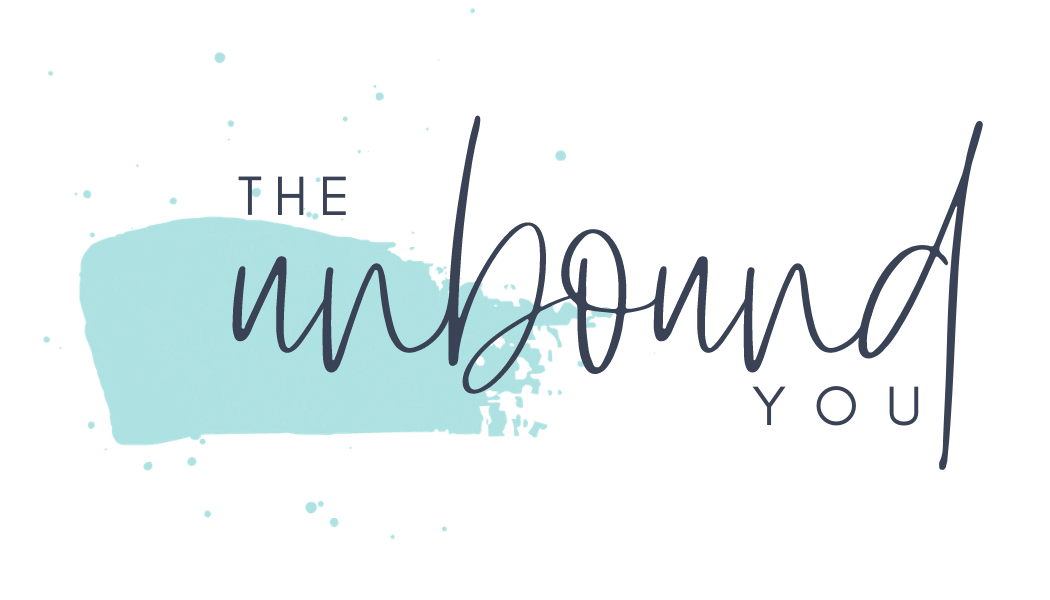Deactivating Your Panic Switch: 3 Simple Tricks Anyone Can Do
Read time: Under 3 minutes
If you’re feeling a little panicky over the state of the world and looking for ways to lessen your anxiety, I encourage you to look no further than your nearest anxious person (oh, hi!). Many chronically anxious people are like walking encyclopedias full of quick tricks for dealing with panic. We’ve been there and done that. And then we’ve taken ourselves to therapy, read a bunch of self-help books, and maybe even learned about mindfulness and meditation. Basically, we’re the people to go to in a crisis.
I personally have been lucky enough to work with some incredible therapists, coaches, and mindfulness instructors during my most anxious years. And I’m happy to pass on some of my most beloved techniques for nipping panic and anxiety right in the bud.
1) Left Nostril Breathing
Left nostril breathing is a simple breathing technique used for both anxiety and insomnia. It works by activating your parasympathetic nervous system (also known as the “rest and digest system”) which is responsible for the internal functions involved in resting and relaxing. Among other things, activating the parasympathetic nervous system leads to a slower heartrate which is helpful when you’re feeling panicky or anxious.
How? This one is beyond simple. The only step is to plug up your right nostril (however you want – I’m not here to judge) and breathe steadily in and out of your left nostril only. There’s no special way to breathe. Just do it normally. I personally like to breathe in and out at an even pace so I’ll typically count to four on the inhale and then four again on the exhale. This ensures that I’m not inhaling longer than I’m exhaling (which can actually lead to a feeling of panic). There’s no “right” amount of time to do this but, for your first couple of times, three minutes is recommended. Usually I just do it until I feel better. Easy peasy.
2) 4-7-8 Breathing
This is another simple breathing technique that is used both for anxiety and sleep issues (e.g., insomnia). By controlling the ratio of the length of your inhale to the length of your exhale, you’re able to reduce certain symptoms of anxiety.
How? Start by exhaling fully through your mouth. You’ll then begin the first round of 4-7-8 breathing by inhaling four seconds through your nose, holding your inhale at the top for seven seconds, and then exhaling audibly through your mouth for eight seconds. If this is your first time trying this breathing technique, it’s recommended that you only do about four rounds. This can be done twice a day and is said to produce more benefits the more you practice over time.
In my experience, this is a good one to do in the middle of a full-blown freak-out. It’s helpful because it gives you something to think about and do aside from panicking. Good stuff!
3) “The Basic Exercise”
The actual science behind this is incredibly complicated so I’m not going to get into it. I tried to understand how it works but eventually gave up and decided I didn’t really care – I’m just happy that it works! If you’d like, you can read all about “the basic exercise” in the book “Accessing the Healing Power of the Vagus Nerve” by craniosacral therapist Stanley Rosenberg.
I personally have used this exercise when experiencing severe anxiety and panic. It was introduced to me by my therapist back in the fall of last year when I was so anxious that I could barely function. I practiced it over and over and found that it was surprisingly effective.
How? You can do the exercise either standing up or lying down flat on your back. For simplicity’s sake, let’s say you’re standing up. You’ll begin by holding your arms out in front of you and interweaving your fingers with palms facing toward you. Point your thumbs straight up. Now, take your hands and place them on the back of your head with your thumbs pointing down either side of your neck. Your fingers should still be interwoven...
Without moving your head, look to your right (moving only your eyes) as far as possible while still being comfortable. Stay in this position for up to 60 seconds or until you swallow, yawn, or sigh. At this point, move your eyes back to center and then repeat the exercise looking to the left. Again, hold for 60 seconds or until you swallow, yawn, or sigh. You can do this as often as needed.
That’s it guys!
Stay safe, stay sane, and remember that the nature of life is change. This too will pass.
Resources:
Rosenberg, S. (2017). Accessing the Healing Power of the Vagus Nerve: Self-Help Exercises for Anxiety, Depression, Trauma, and Austism. Berkeley, CA. North Atlantic Books.
https://www.sciencedirect.com/topics/neuroscience/parasympathetic-nervous-system
https://www.medicalnewstoday.com/articles/324417#how-to-do-it
https://www.drweil.com/health-wellness/body-mind-spirit/stress-anxiety/breathing-three-exercises/

